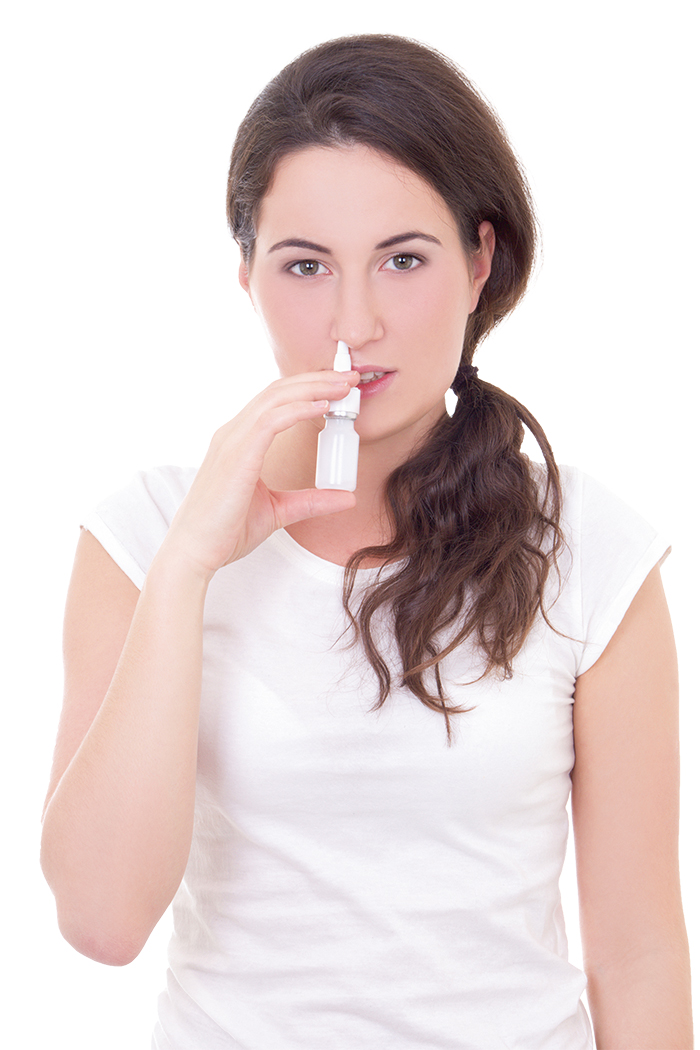Antihistamines
Some customers will prefer to use one product to treat all of their hayfever symptoms. Antihistamine tablets and syrups work by blocking the action of histamine, which is one of the chemicals released when a susceptible person encounters pollen. These products tend to start working quickly, relieve most allergy symptoms and can be taken as and when sufferers notice symptoms or on a daily basis.
Oral antihistamines are separated into two groups:
1. Older compounds €“ the most common example is chlorphenamine (e.g. Piriton Allergy Tablets). This is a relatively non-specific antihistamine and one of its drawbacks is that it can cause drowsiness. Older antihistamines have a shorter duration of action and so need to be taken more frequently (e.g. every four to six hours). However, these products are often more affordable, which makes them appealing to some customers.
2. Newer compounds €“ examples include acrivastine (e.g. Benadryl Allergy Relief), cetirizine (e.g. Benadryl One A Day, Benadryl Allergy Children's Oral Solution, Piriteze Allergy Syrup, Pollenshield, Zirtek) and loratadine (e.g. Clarityn). Drowsiness is not usually a problem with these products, and they tend to have a longer duration of action so don't need to be taken as frequently.
Eye drops
Itchy, red and watery eyes are common symptoms of hayfever. A type of treatment called mast cell stabilisers (e.g. sodium cromoglicate) can help to manage these symptoms.
The body's mast cells contain histamine and play a central role in many different allergies. As the name suggests, mast cell stabilisers work by stabilising mast cells, preventing them from releasing histamine and thus stopping allergic symptoms such as itchy, red and watery eyes from occurring. Some may cause side effects, such as a stinging or burning sensation in the eyes. Examples include Opticrom Allergy and Optrex Allergy Eye Drops.
 Nasal sprays
Nasal sprays
In hayfever, one of the main symptoms is inflammation of the lining of the nose. There are various products that treat this symptom:
1. Corticosteroid nasal sprays €“ examples include beclometasone dipropionate (e.g. Beconase), fluticasone propionate (e.g. Pirinase Hayfever Nasal Spray) and triamcinolone acetonide (e.g. Nasacort). These are often the first choice of treatment for people who experience regular allergy symptoms over a long period of time. They are effective against all allergy symptoms. For best results, the sufferer should start to use this medication a couple of weeks before the allergy season starts. They should then be used daily.
2. Decongestant nasal sprays €“ such as oxymetazoline and xylometazoline relieve nasal congestion by shrinking the swollen lining of the nose. They should only be used by adults and for short periods of time, otherwise symptoms can reappear when their use is stopped. Examples include Vicks Sinex and Otrivine Nasal Spray.
3. Saline nasal sprays €“ these are a drug-free way of relieving nasal congestion. Products containing natural sea water (e.g. Stérimar Nasal Hygiene) work by washing away allergens and rebalancing nasal functions. Some have additional ingredients such as manganese, calcium and purified water (e.g. Stérimar Stop & Protect Allergy Response) to deactivate allergens in the nose and form a barrier to prevent allergens from irritating the lining of the nose.
